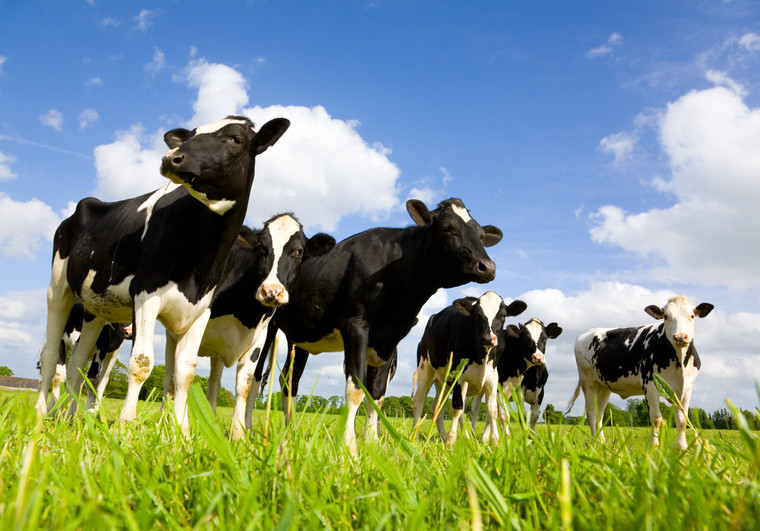Quarters – maybe you are thinking of the quarters of the udder? What if it is the quarterly time frame in which we routinely assess the milk quality parameters and mastitis case rates, helping to promote effective mastitis control on farm? The new industry-led initiative for mastitis control is called QuarterPRO. It involves the assessment of your herd’s milk quality data every three months with the aim of controlling risk factors to reduce clinical mastitis rates and improve milk quality, writes Kathy Hume BVM BVS MRCVS, Westpoint Farm Vets Ashford.
Dairy farmers have been recording clinical mastitis cases for a long time, and the majority are performing milk recording so have somatic cell count (SCC) data available for their herd. This would commonly be monitored through your vet or software, but would not necessarily indicate where the key management problem area is on your farm.
Well, I have great news. All of that data can be combined easily, regularly, and can provide information of your farm mastitis bacteria pattern using the mastitis pattern analysis tool. This can be accessed online at https://ahdb.org.uk/mastitis-pattern-analysis-tool with a step-by-step guide on how to use it.
This analysis tool is easy-to-use software that uses your mastitis clinical case data and SCC data from your milk recording company to create a report. The simple, concise report informs you of the recent mastitis pattern on your farm. The pattern is clearly defined as dry period or lactational, environmental or contagious. The report will also highlight if a specific group is affected e.g. heifers. For example, a farm quarterly mastitis pattern may be described as dry period environmental. The report also outlines some key recommendations for control of this mastitis pattern.
Once you have created your report or asked your vet to produce one for you, it is important to review the specific risk factors applicable to your farm’s recent mastitis disease pattern. For example, if it is dry period environmental in summer, the dry cow grazing environment could be a key risk management area.
Using this information your farm team can assess this management area and what factors maybe increasing mastitis risk for your herd e.g. poaching of grazing areas. The AHDB has produced information resources on some common risk areas and these are available online. The resources available include dry cow management, lactating cow environmental management, lactating cow contagious management and heifer management. These can be used to help guide you to outline a management change plan for the following quarter for your herd.
For changes to be successfully implemented, it is important to involve the whole farm team so everyone involved in the day-to-day management of the cows has an understanding of why the changes are important.
Brainstorming solutions as a team is a great way to get practical ideas for how implementing the management changes will happen on farm and creating a team approach to risk control for mastitis. Repeating the mastitis report quarterly will help you assess the progress you are making from the changes you have implemented. It will also indicate if there has been any deterioration in an area or if a different mastitis disease pattern is present.
Mastitis control is complex and multifactorial and that is why the AHDB Dairy mastitis control plan is an extremely useful tool that can be used for implementing mastitis control on your farm. To find a trained vet or consultant who can perform a control plan for you, speak to your veterinary surgeon or visit the plan deliverer map online at https://mastitiscontrolplan.co.uk/plan-deliverer-map




